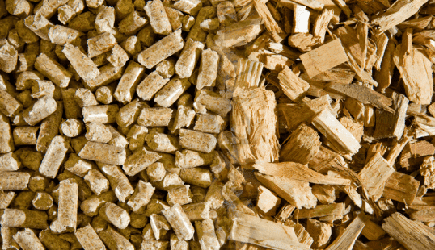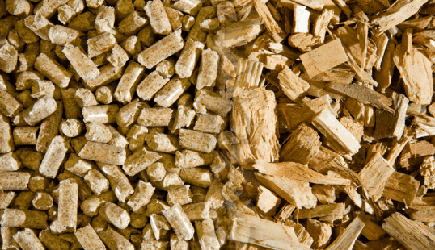
Wood vs Pellets - Choosing The Best Type Of Heat For Your Home

Though we live in the modern age of advanced technology, it can be comforting to make some more traditional lifestyle choices. For example, you might be considering installing a mechanism that uses wood to heat up your home. If that is the case, there are a few specifications that you will need to consider.
You are not alone, about 2.5 million homeowners in the United States use wood as the main source of heat in their homes. This is actually an increase in the number of homes compared to recent years. It seems as though wood heat is becoming a popular source of warmth due to its sustainability and its efficiency. Continue reading for a complete guide to choosing the best type of wood heating for your home.
Wood Stove Styles
There are several different styles of stoves that can be used to heat your home. Over time, stoves have become more stylish and modern as compared to old-fashioned, boxy types. There are two main types of wood heat we are going to focus on in this article: regular wood and pellets made of wood. Both types of these heating processes come with similar stove styles.
Energy Efficiency
Pellets used for fuel are typically made as compressed pellets of sawdust. That means, for the most part, burning pellets can be more friendly to the environment. At the same time, they are also more efficient than regular wood at heating the entire space of your home. As a responsible homeowners, it’s our concern to be aware of both the long-term cost and the carbon footprint of whatever wood heating system you choose.
The United States Environmental Protection Agency (EPA) is particularly concerned with some of the more traditional wood-burning stoves. Excluding the more modern designs, these old stoves have a history of creating unhealthy fumes that over time can negatively affect the atmosphere of your home. In fact, the government has recently offered tax incentives for heating systems that are more efficient (meaning, they take up less energy). Older, more traditional wood-burning stoves have been shown to be 50% less effective than newer models of stoves. Make sure if you get a wood-burning stove (as opposed to a pellet stove) to only purchase models that are certified by the EPA.
Cost Of The Appliance
When it comes to the installation of your new appliance, it depends more on the style or design of stove than on the type of wood heat you are planning to burn. The more elaborate the design, the more you should be ready to pay. The only thing you might need to consider is that regular wood stoves require heavy-duty ventilation systems. This might mean you need to expand your current chimney’s capacity or size.
Pellet stoves are usually just as functional, without the need for a complete renovation of your chimney. In fact, many models of pellet stoves come designed with their own safe ventilation systems. Overall, pellet stoves might be more expensive as appliances, but the installation is usually more costly with regular wood stoves because of the chimney requirements.
Cost Of Fuel
The costs of upkeep and fuel definitely differ between regular wood-burning stoves as compared to pellet stoves. Perhaps the main reason for this is because it’s technically possible for you to never actually purchase wood for a regular wood stove. If you are willing and able, you can gather and split the pieces of wood for your stove yourself. This will save you money but not time. If you would rather purchase the wood logs anyway, the average cost really depends on your geographic location and the time of year.
Pellet stoves, though, are a different story. Since they require such a particular type of fuel, you will have to go purchase it on a regular basis. Pellets are usually sold in 40 lb. bags that cost anywhere from $5-$10 each. Cost is only one factor though, the other is storage.
Long-Term Maintenance
You will, of course, have to consider where you want to store your fuel once you get your wood heat stove installed. You’re probably familiar with the ease of storing regular wood. These logs can be stored outside at any temperature and in any kind of weather. All you would have to think about is making sure you keep some logs dry throughout the wet seasons so that you have firewood ready and available.
For pellets, storage is a little bit more complicated. Pellets, since they’re made of soft saw wood dust, have to be stored in temperature-controlled, dry locations. When it comes to the frequency regular cleaning, both types of stoves are pretty similar. You’ll definitely want to stay on top of cleaning since it could affect the clarity of your home’s atmosphere if you procrastinate about it. For pellet stoves, it’s best to follow the manufacturer’s instructions exactly. Since there is less ash to worry about, though (for the most part), cleaning them can be easier than cleaning regular wood-burning stoves.
Fortunately, if you find that you need to replace a part of your stove, there are options to purchase individual parts for both pellet stoves and wood stoves.

Leave a comment